
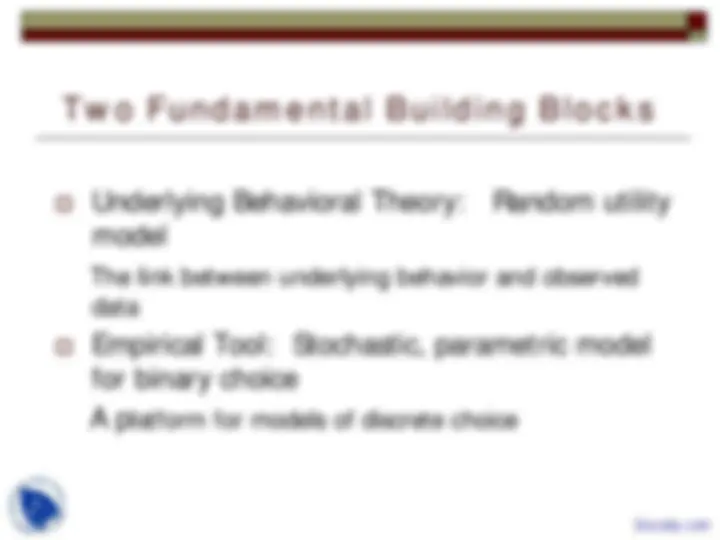
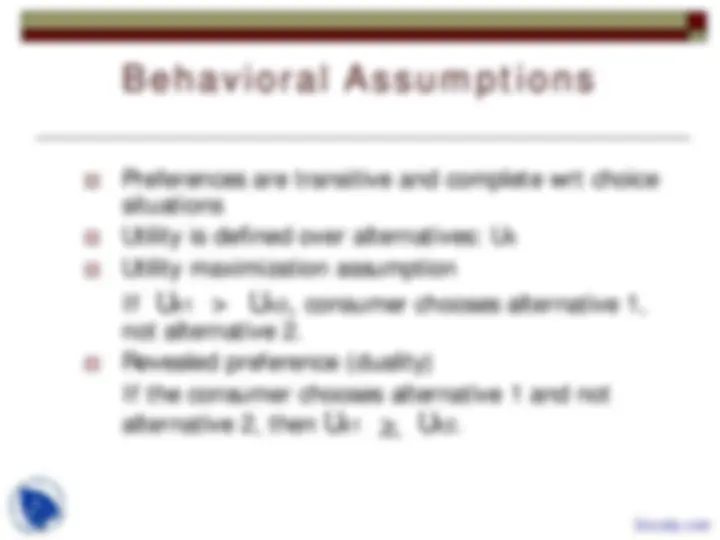
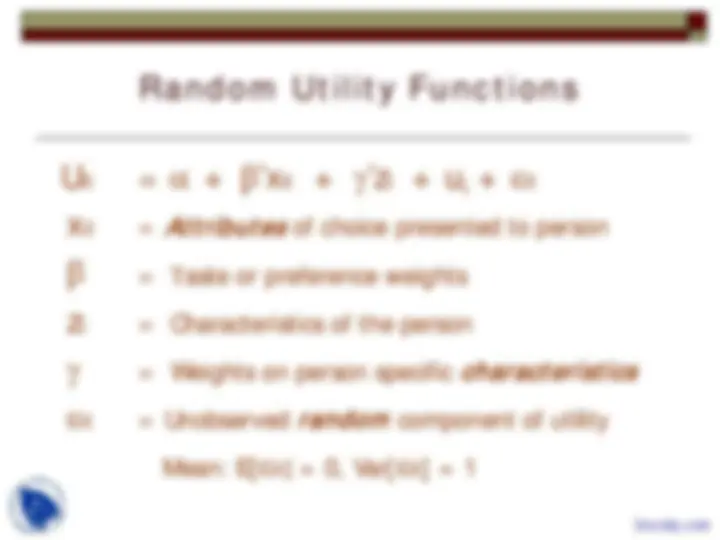
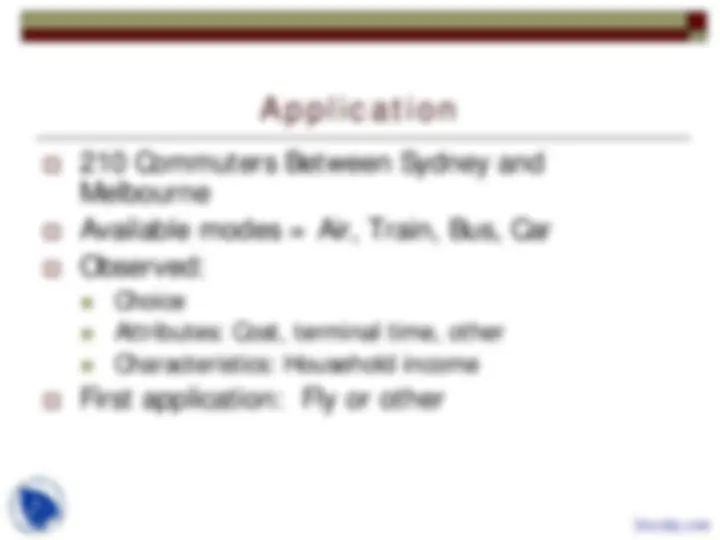
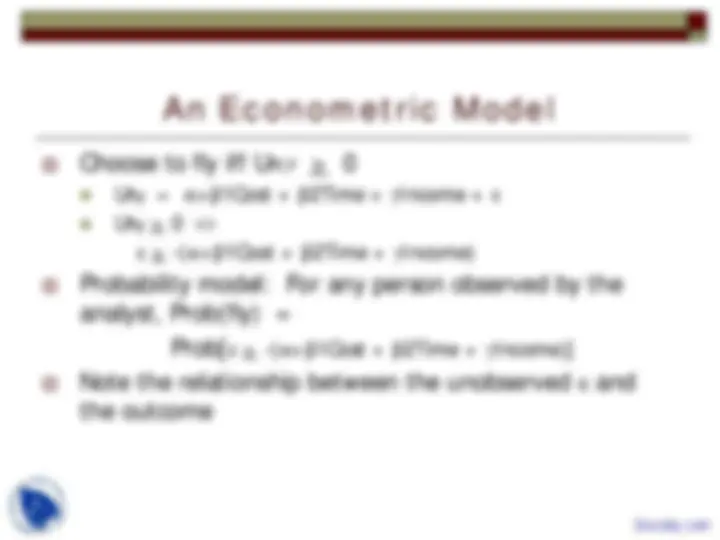
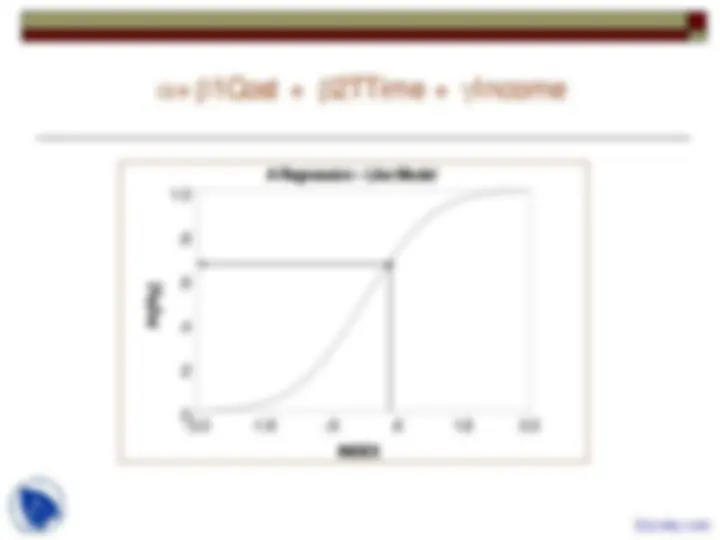
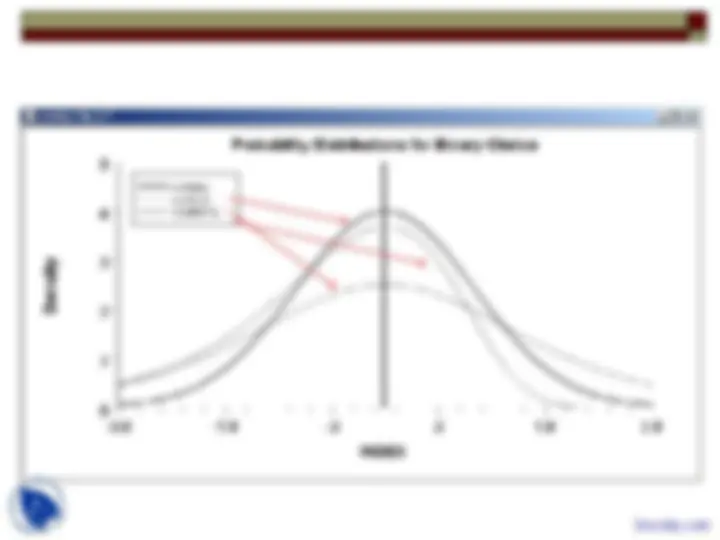
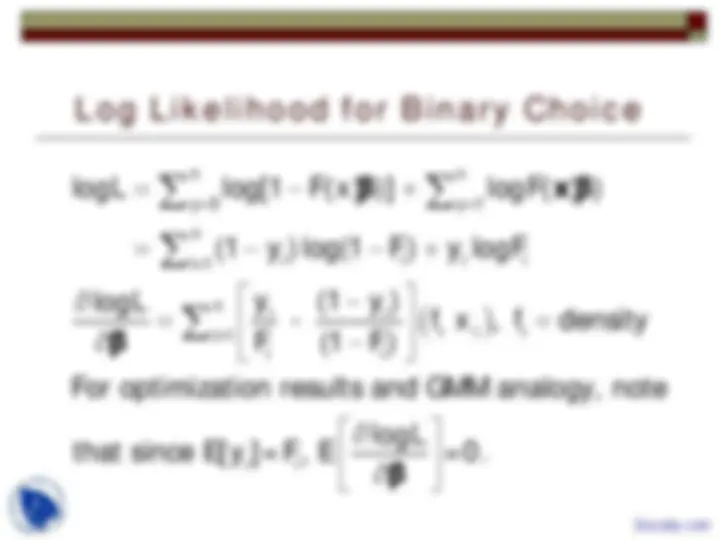
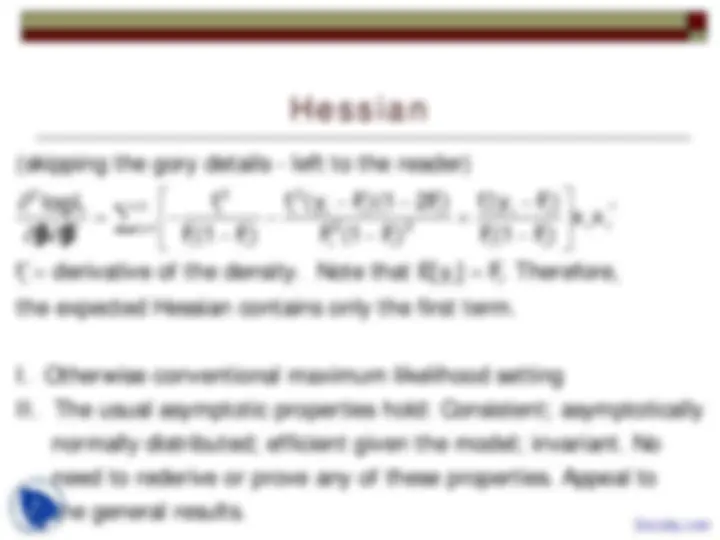
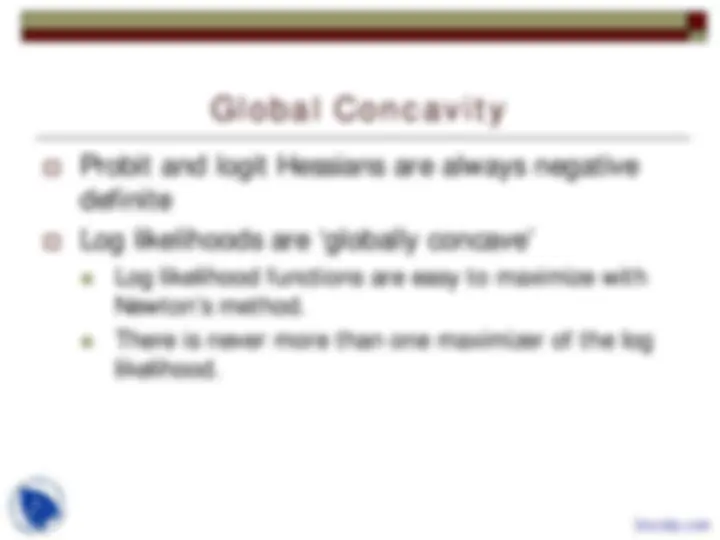
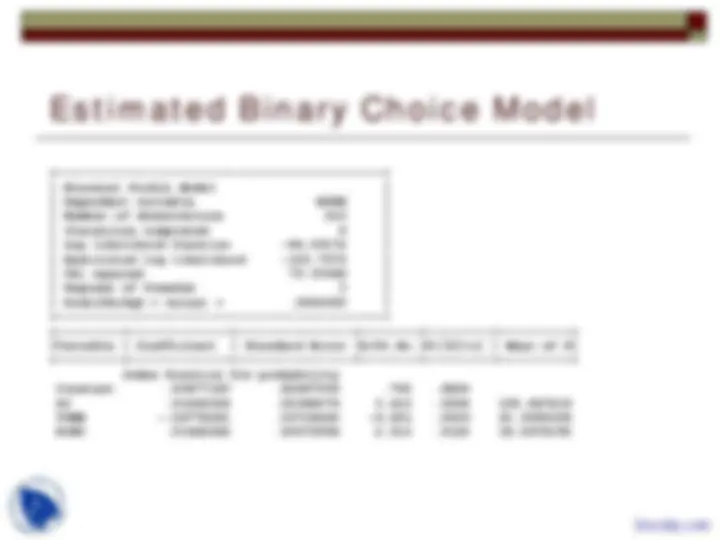
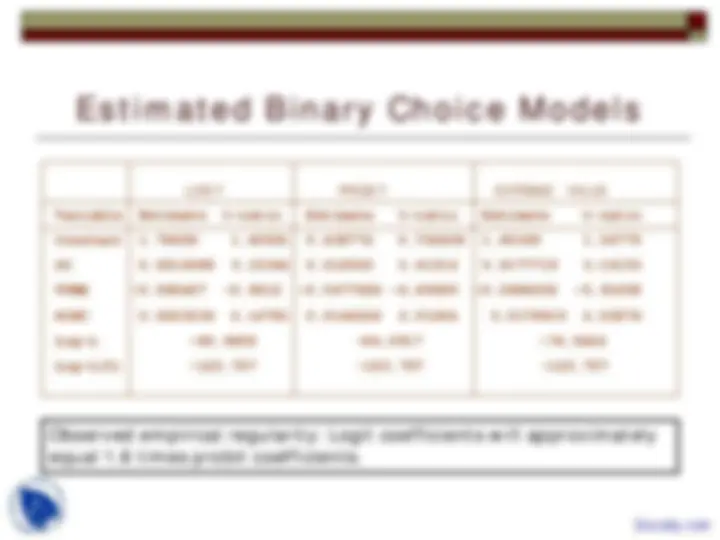
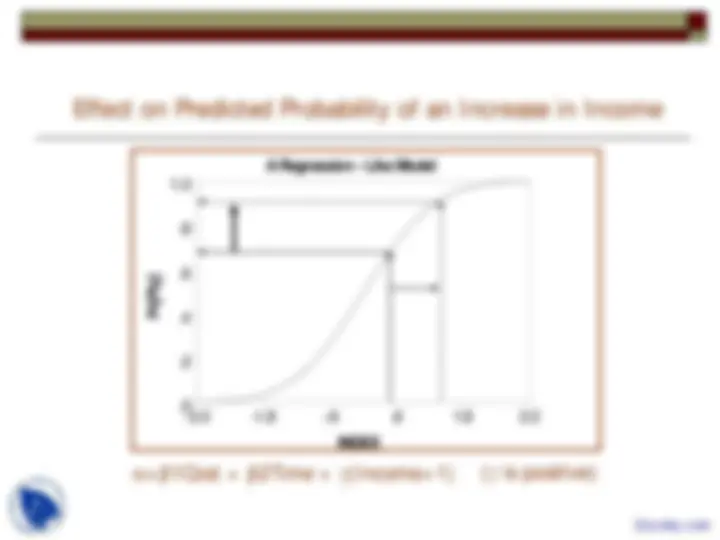
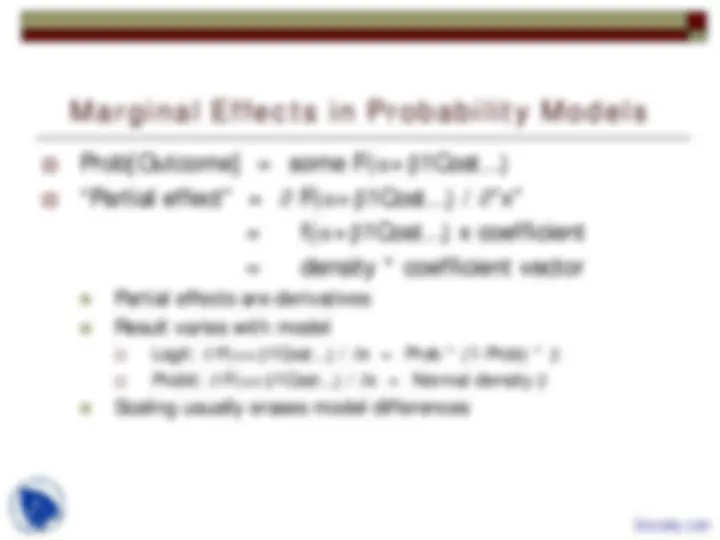
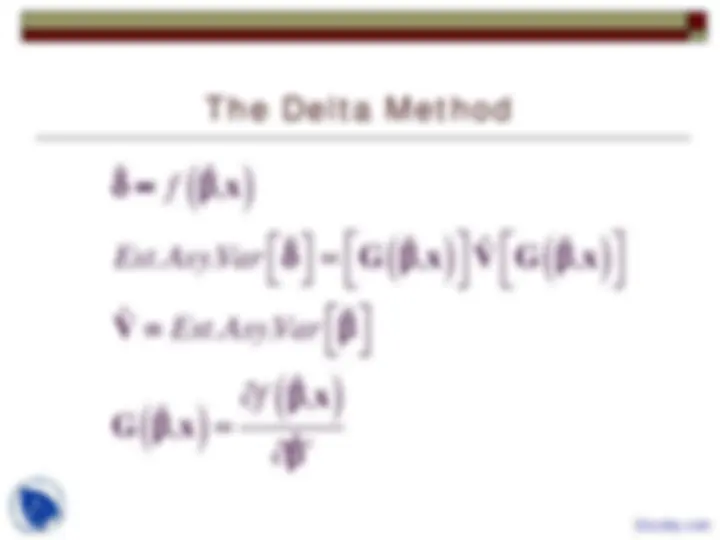
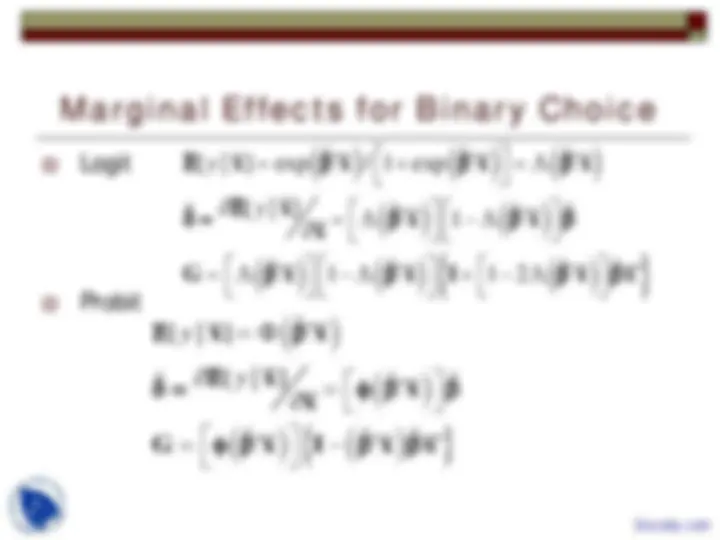
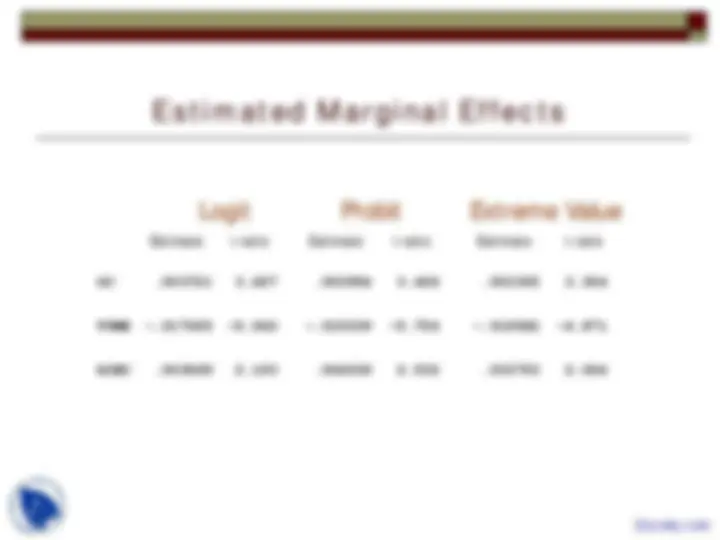

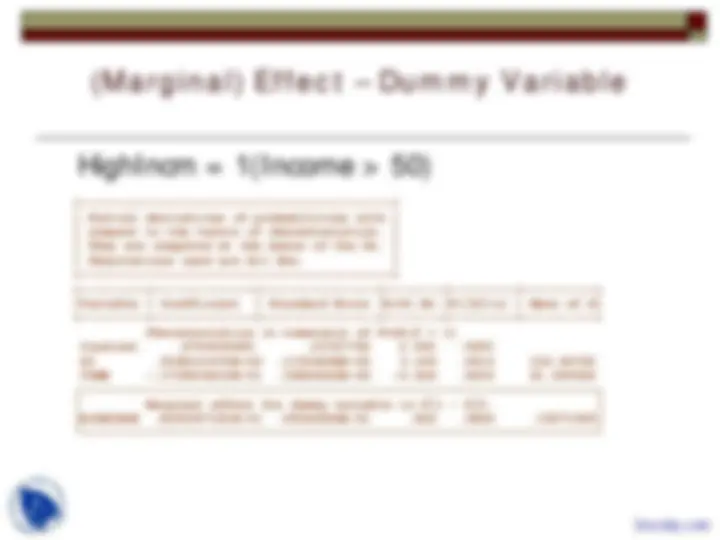
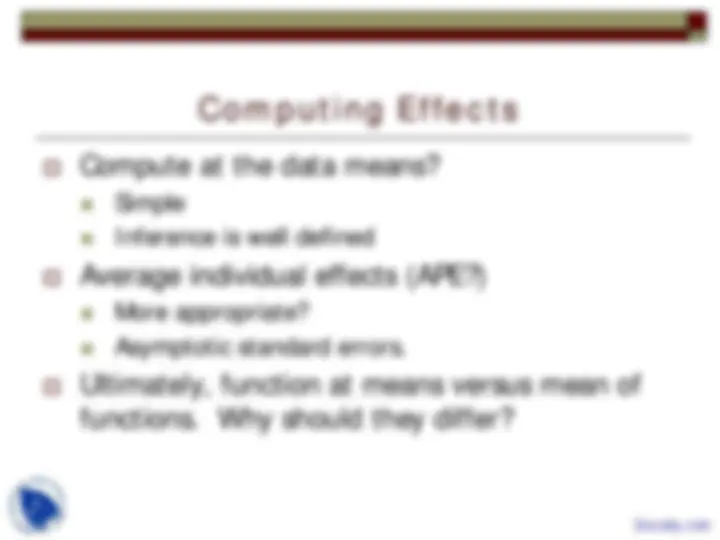
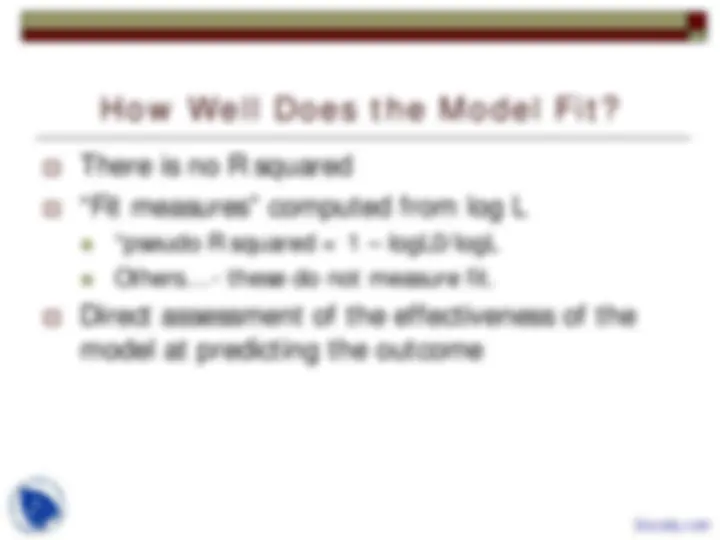
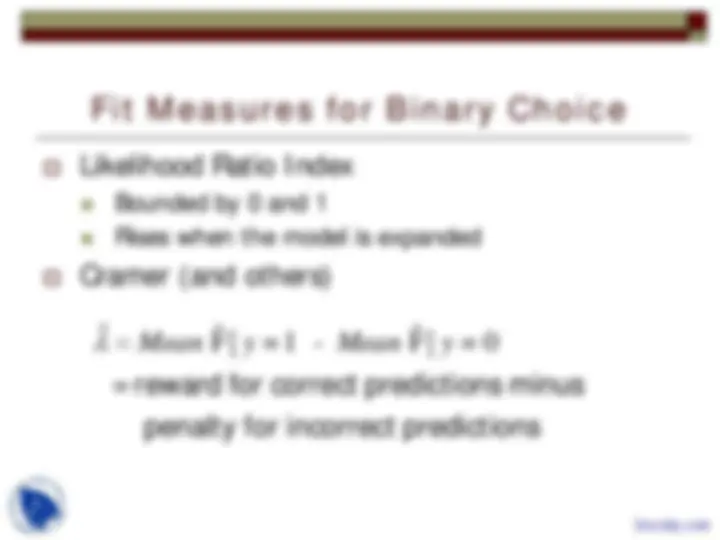
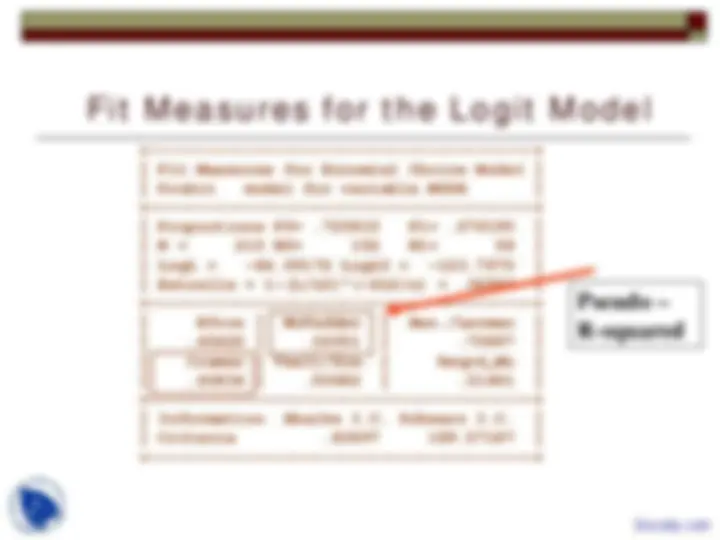
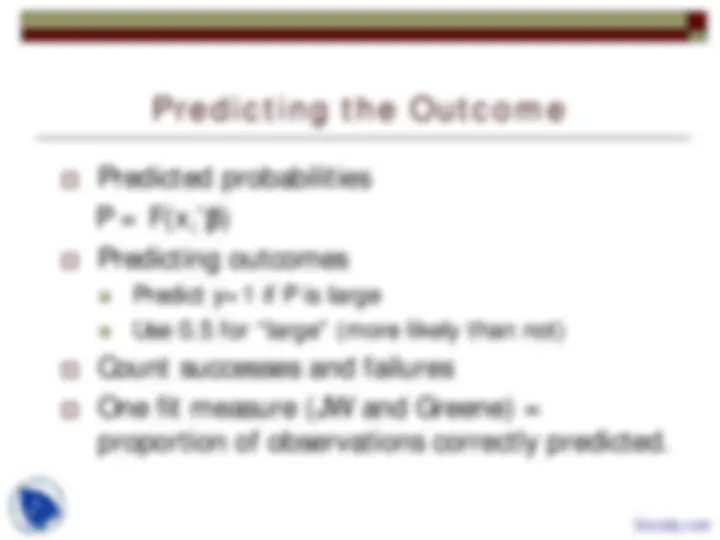
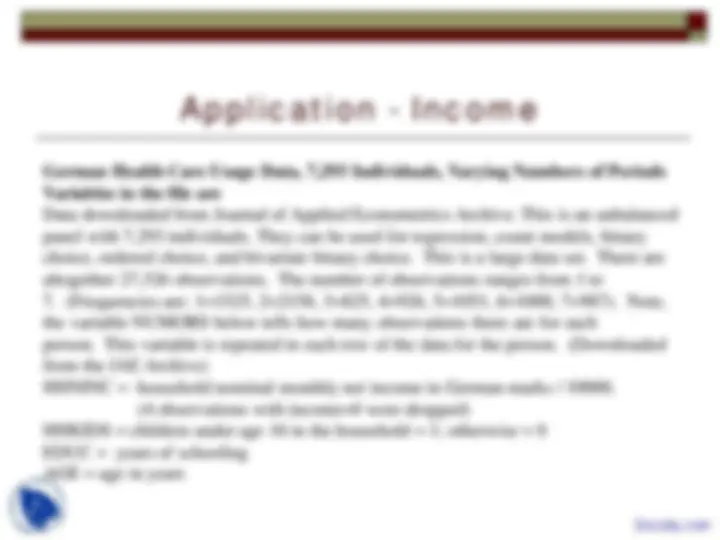
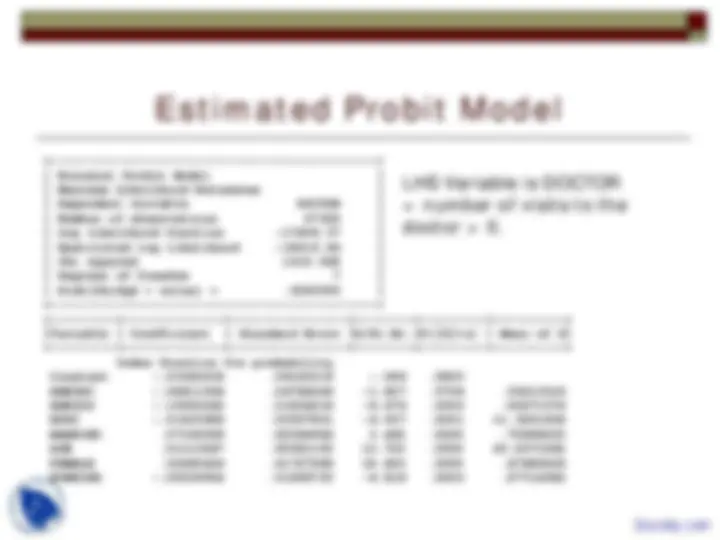
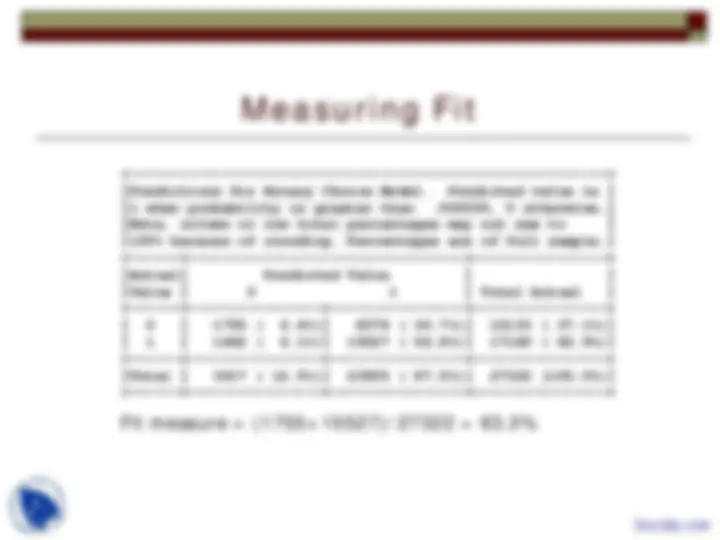
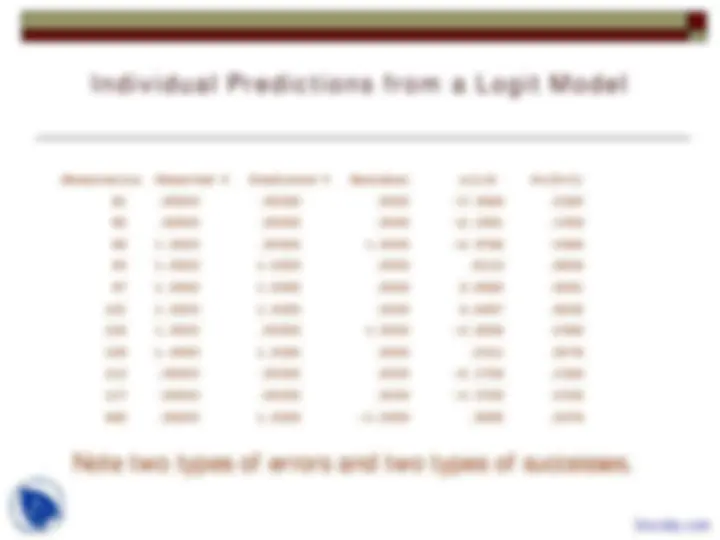
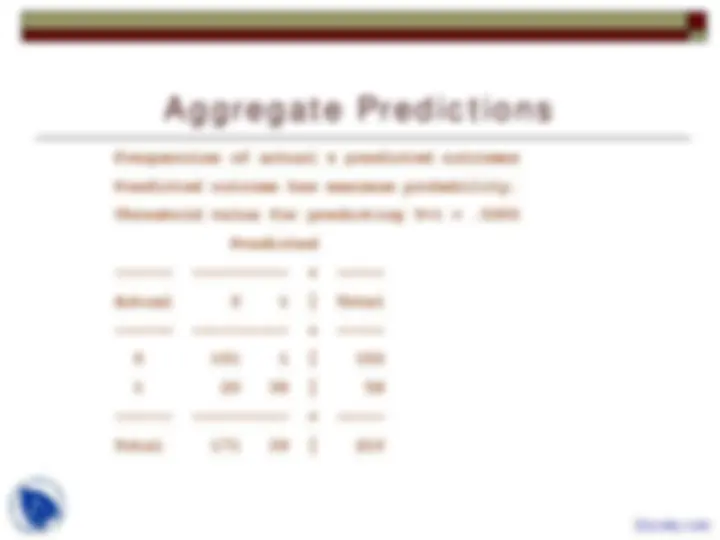
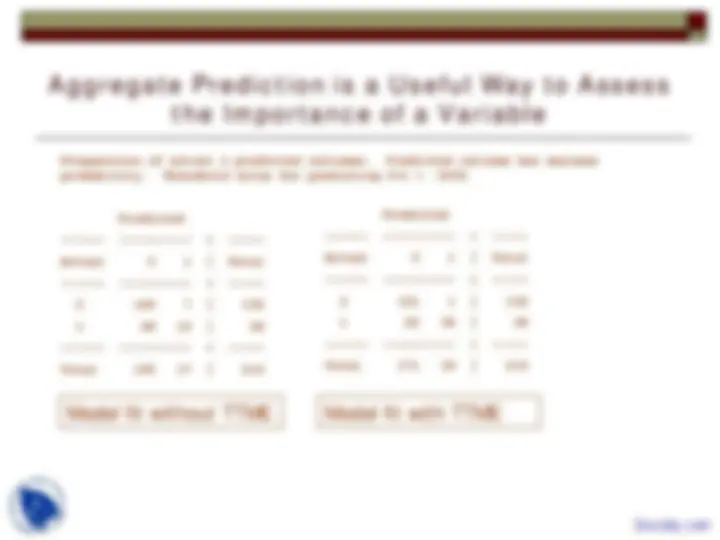
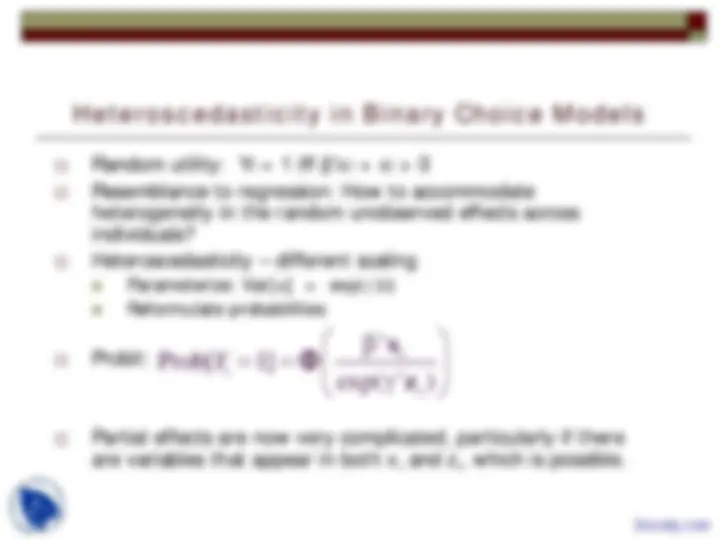
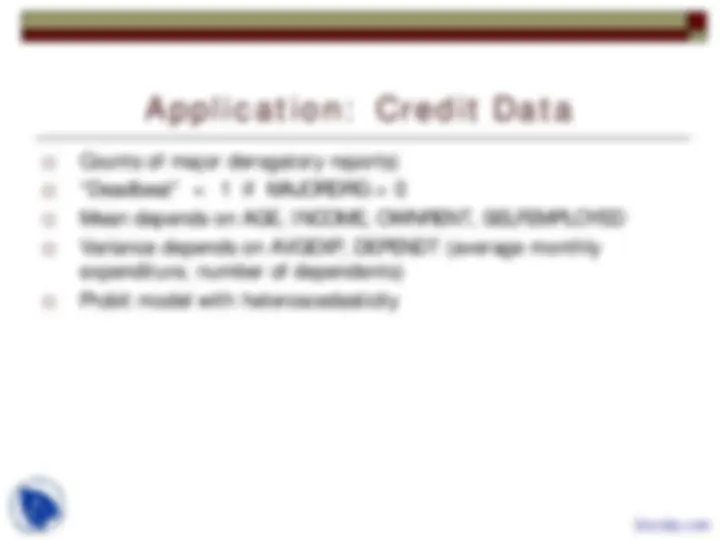
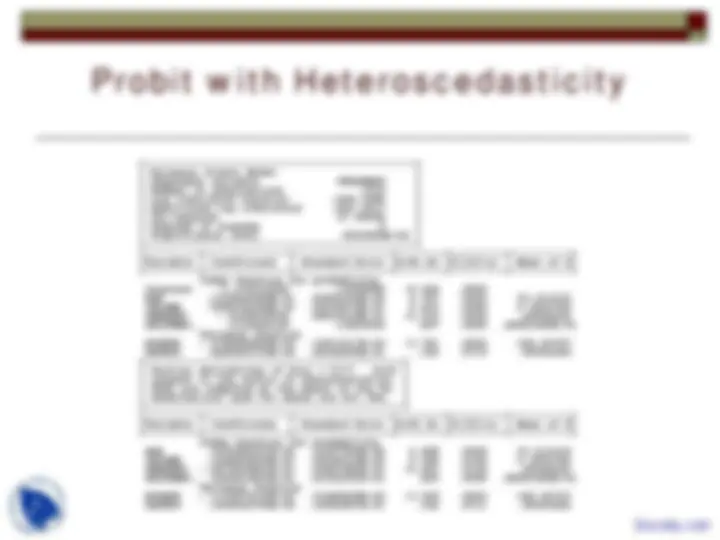
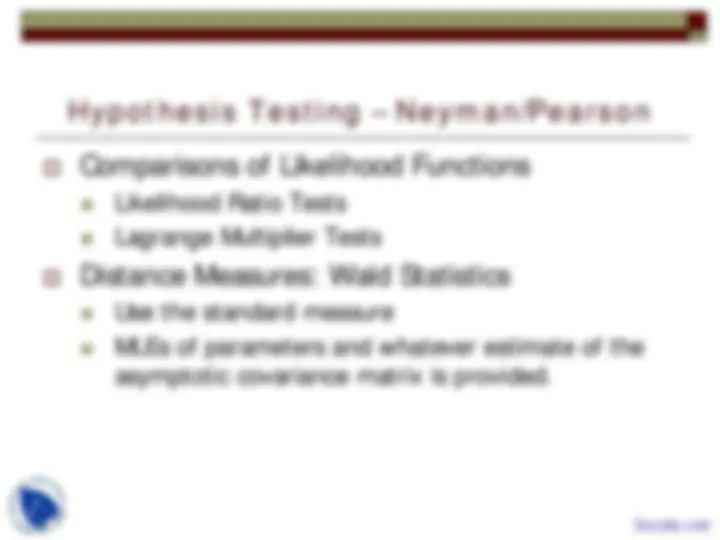
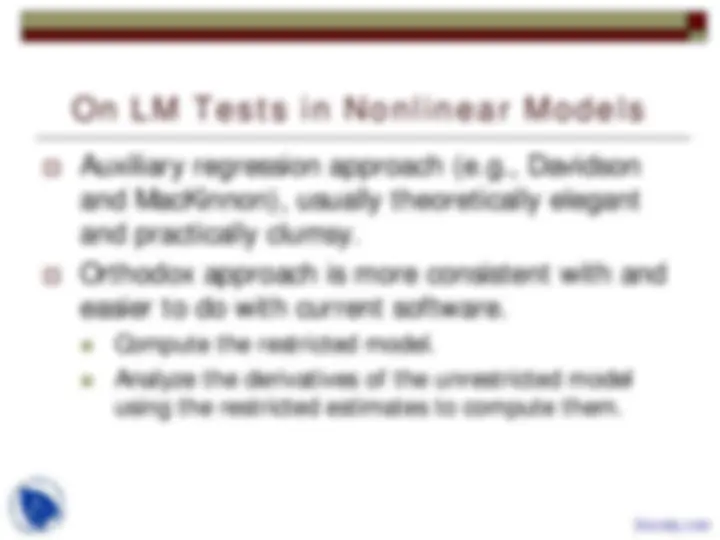
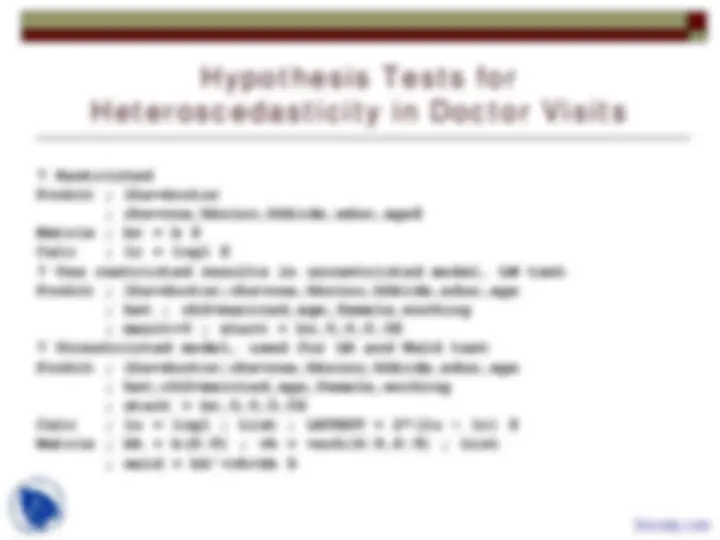
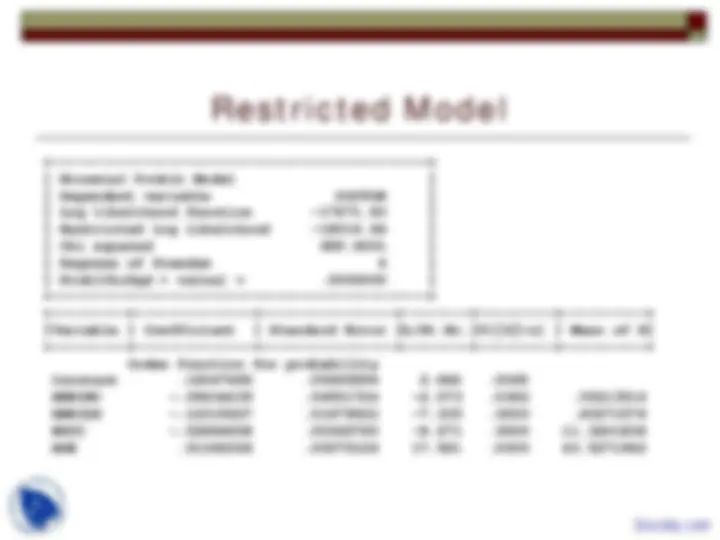
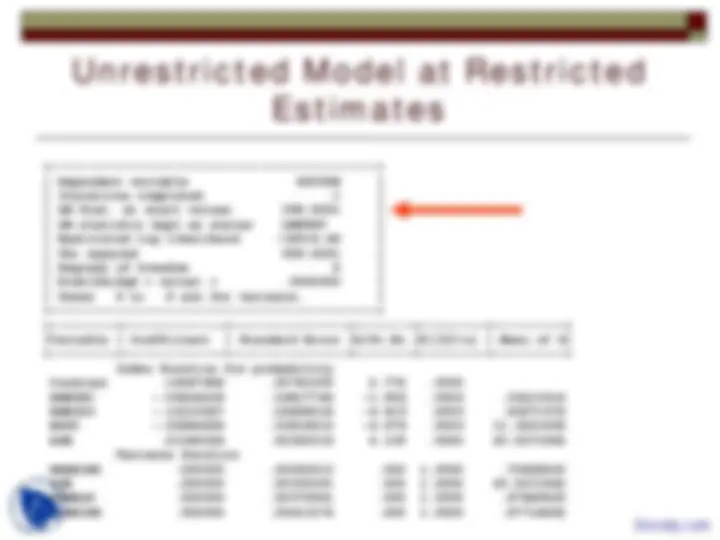
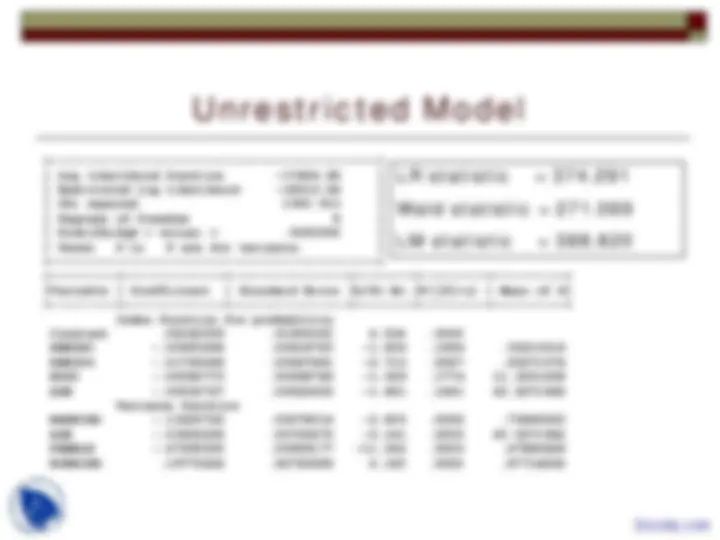
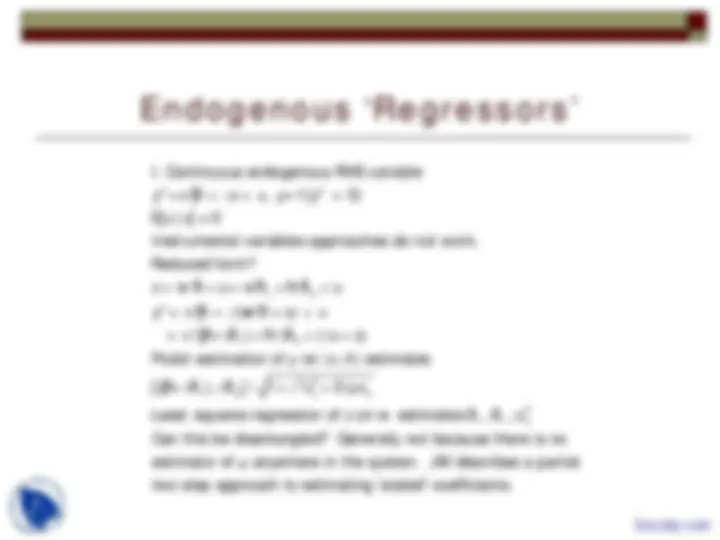
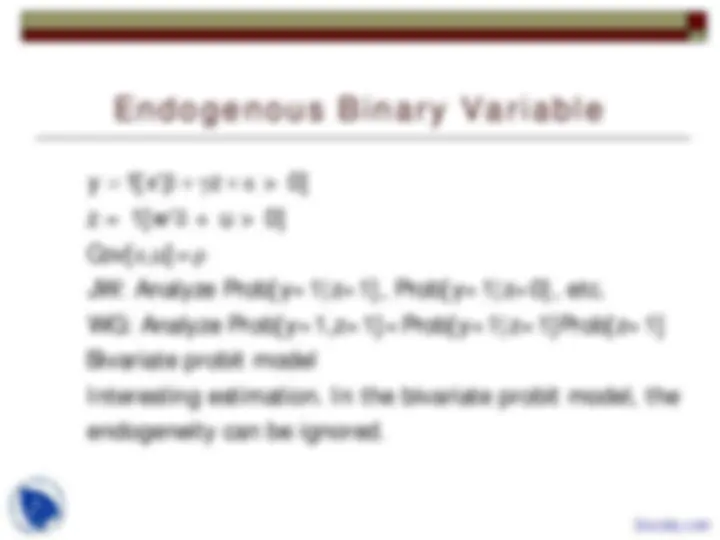
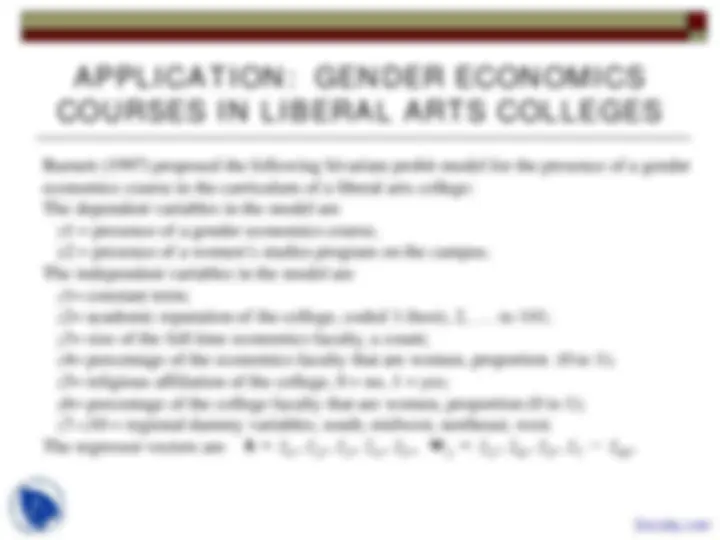
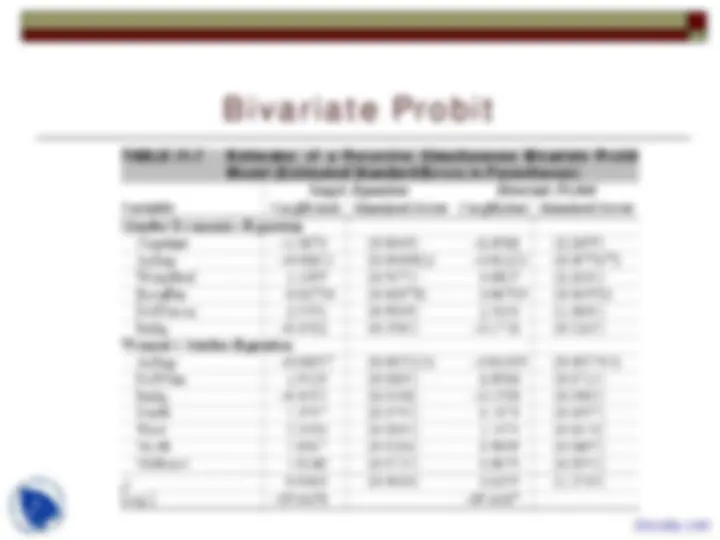
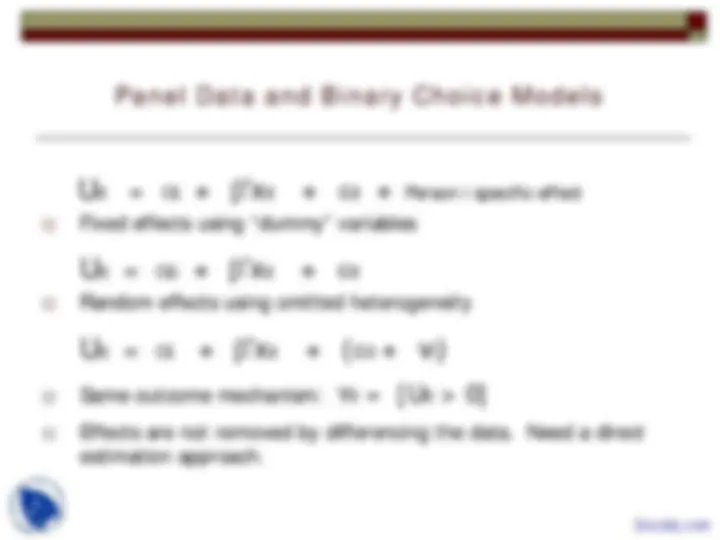

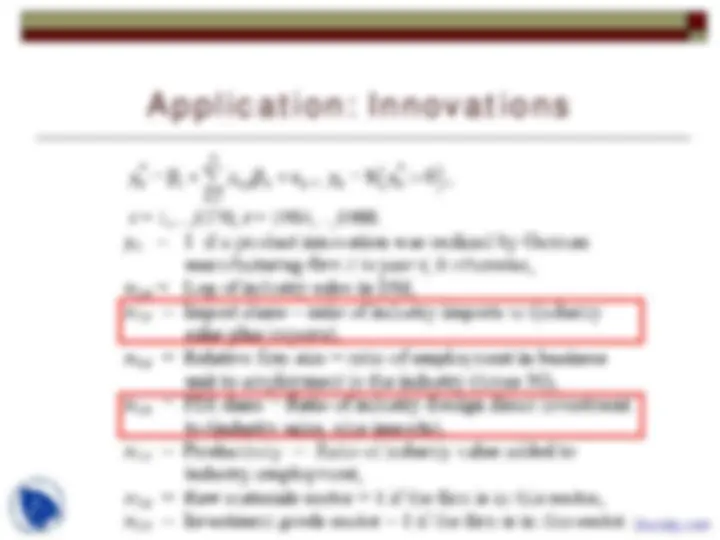
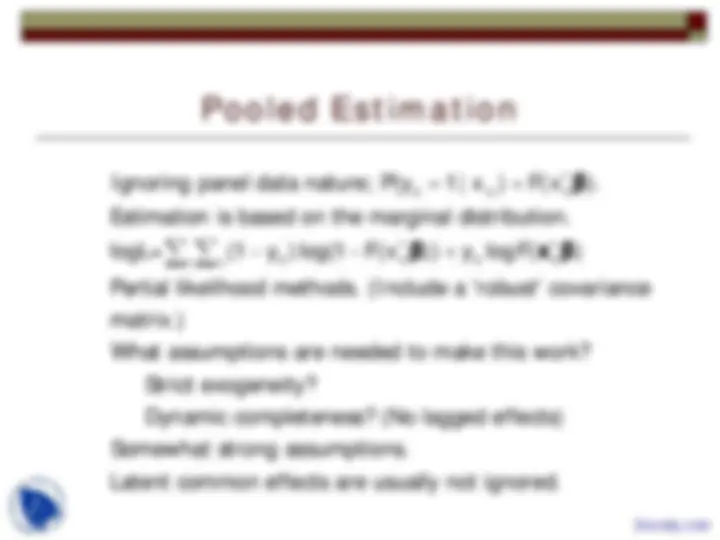
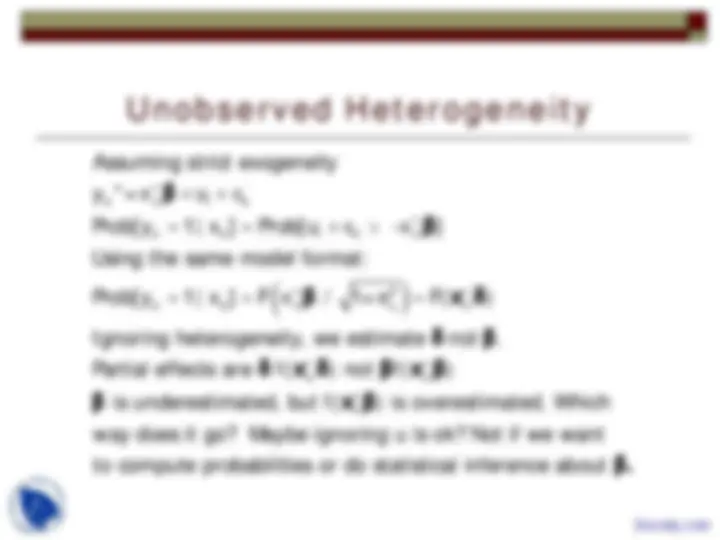
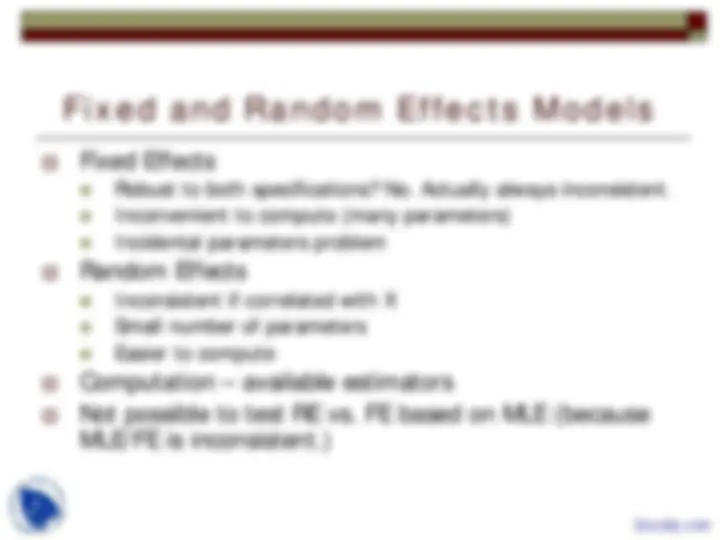
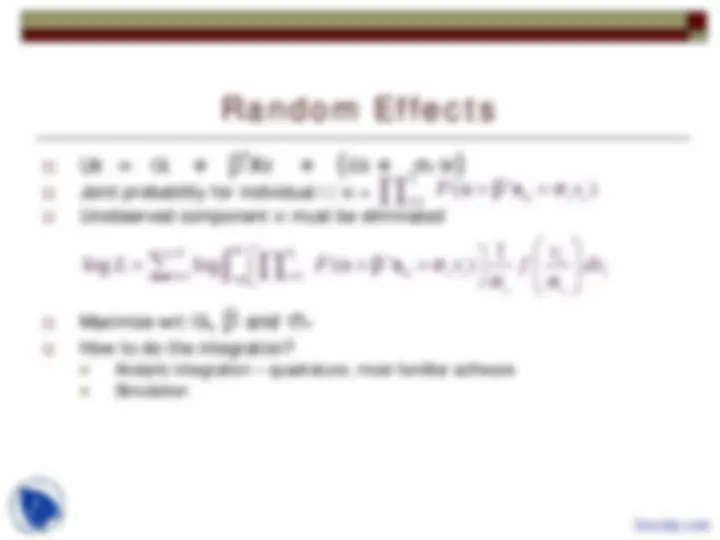
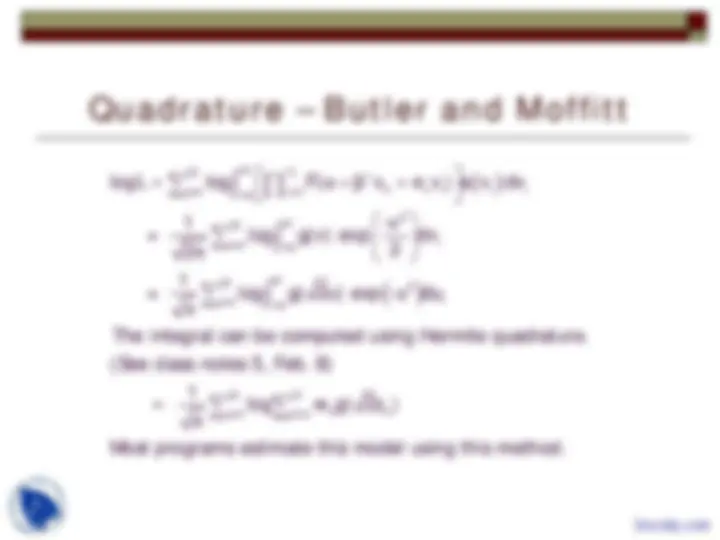
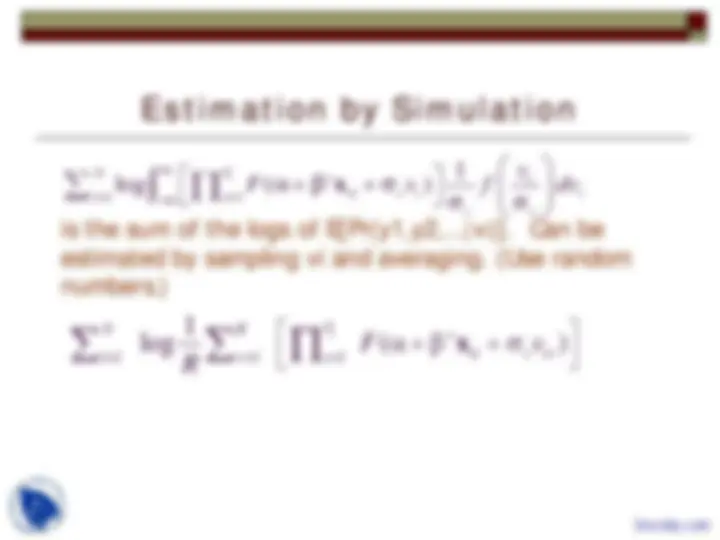
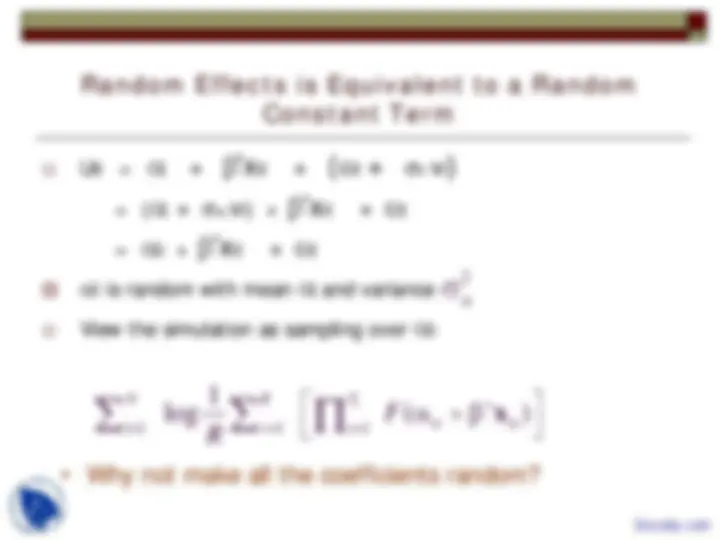
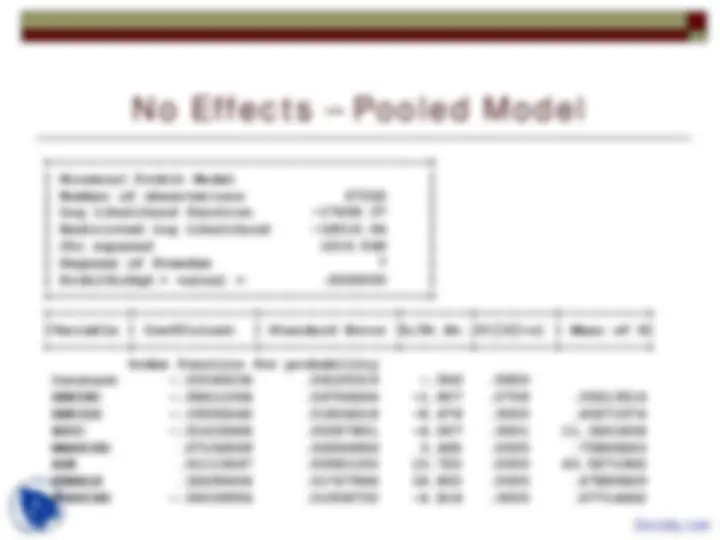
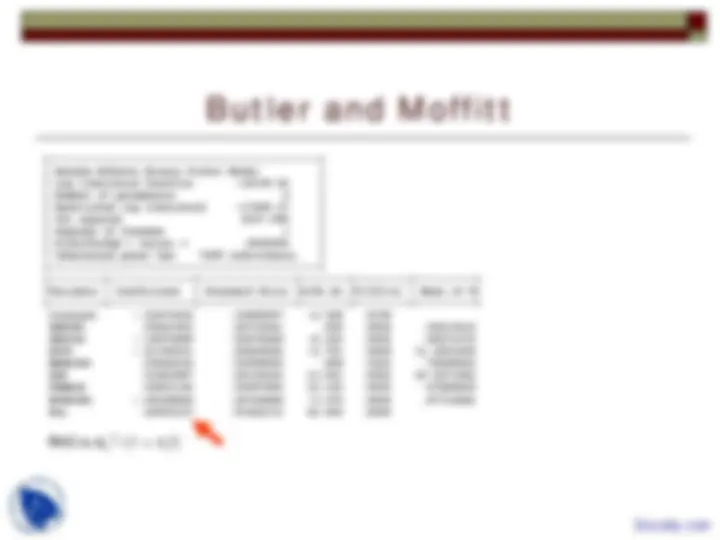
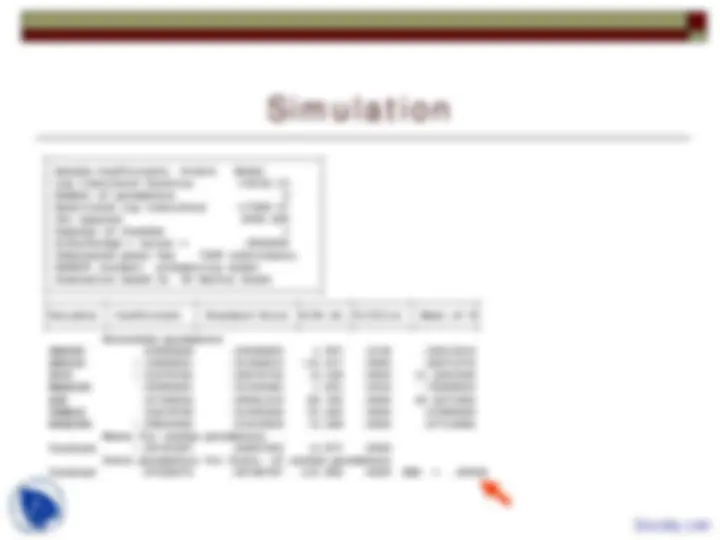
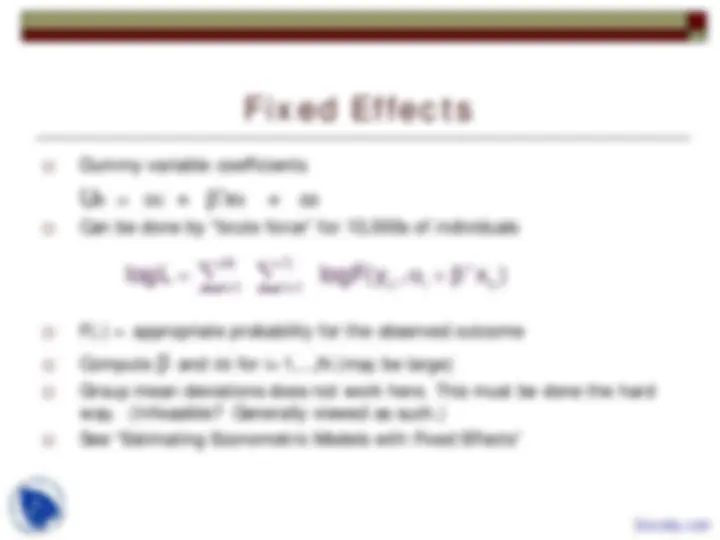
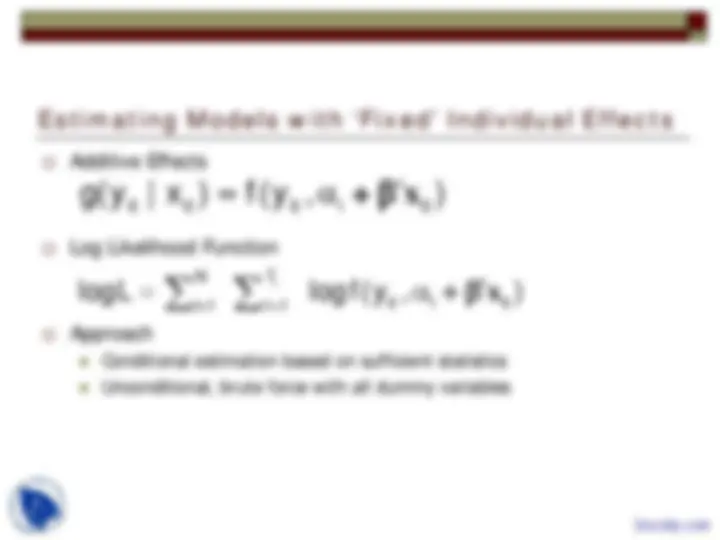
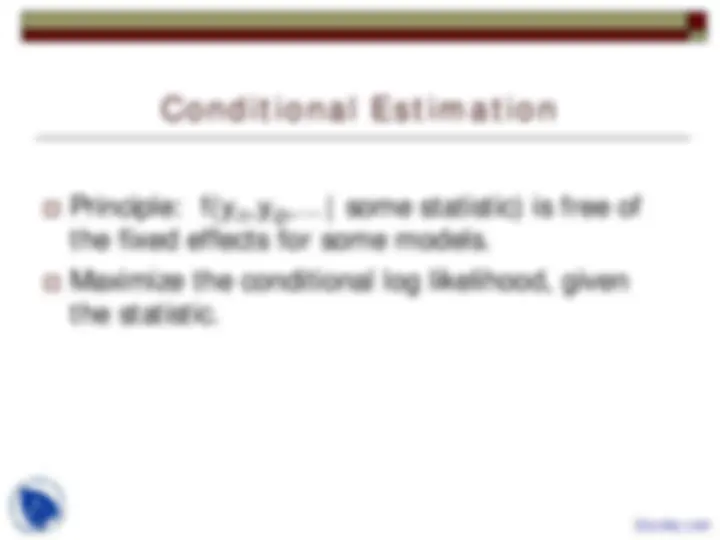
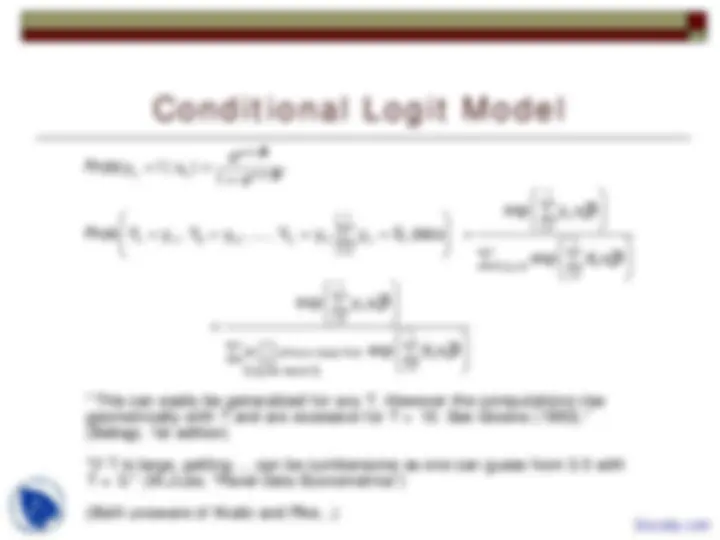
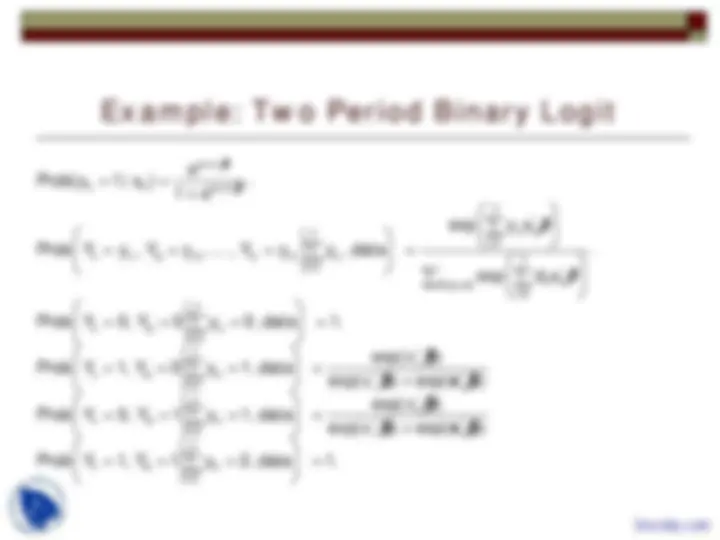
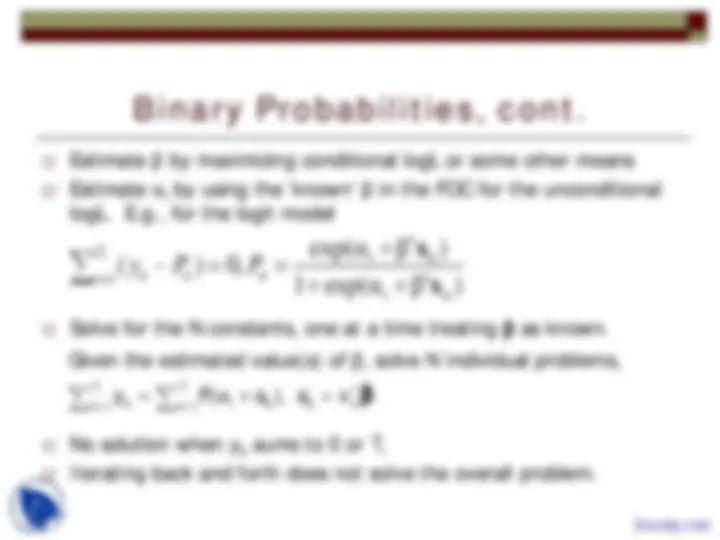
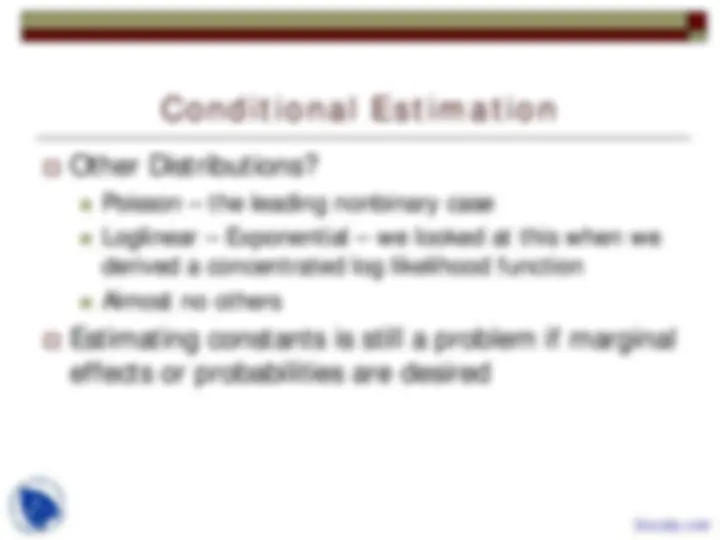


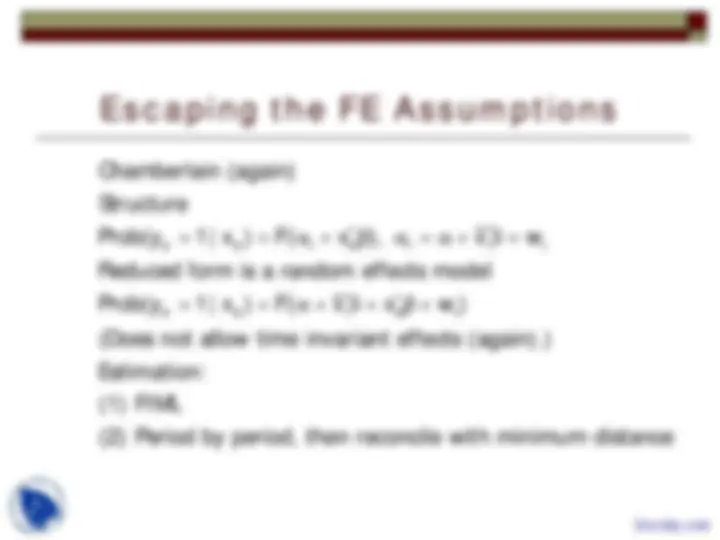
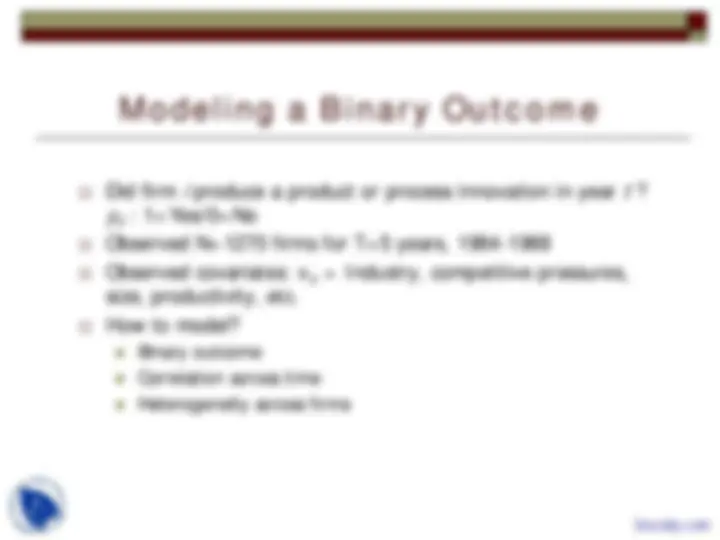
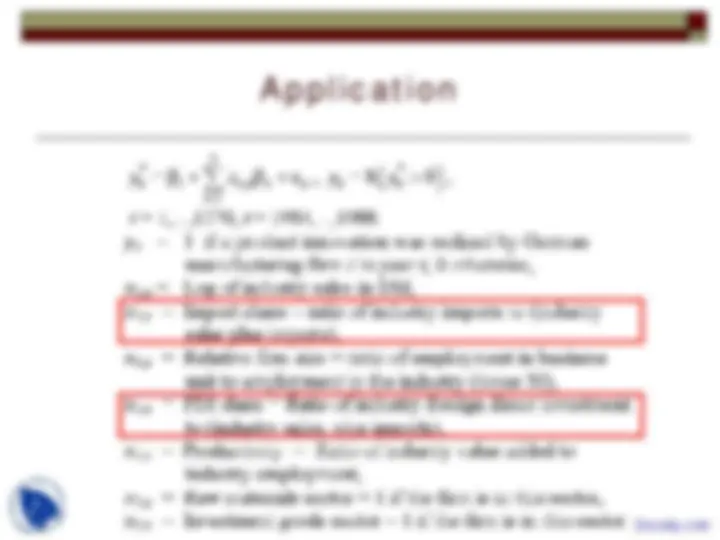
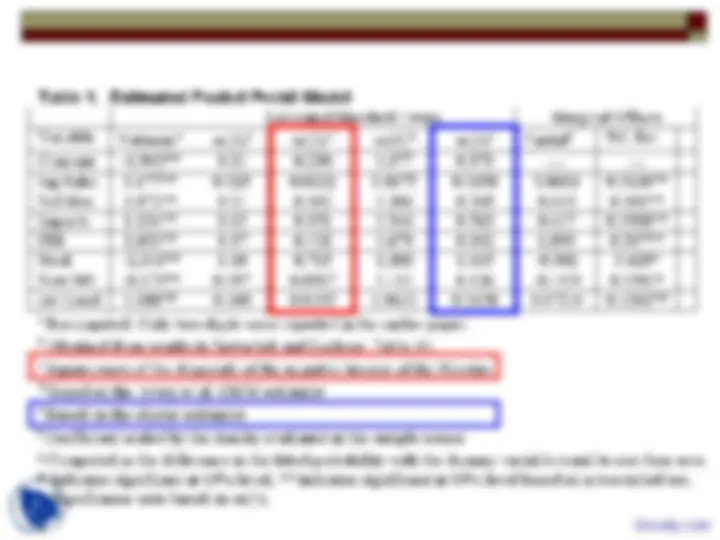
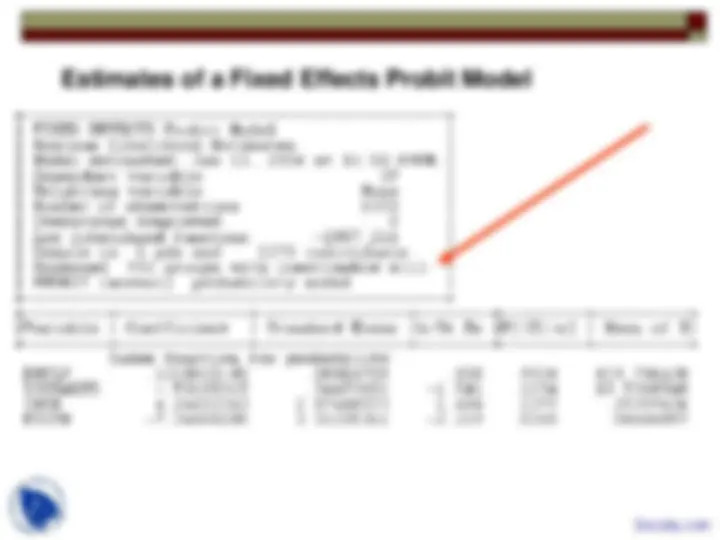
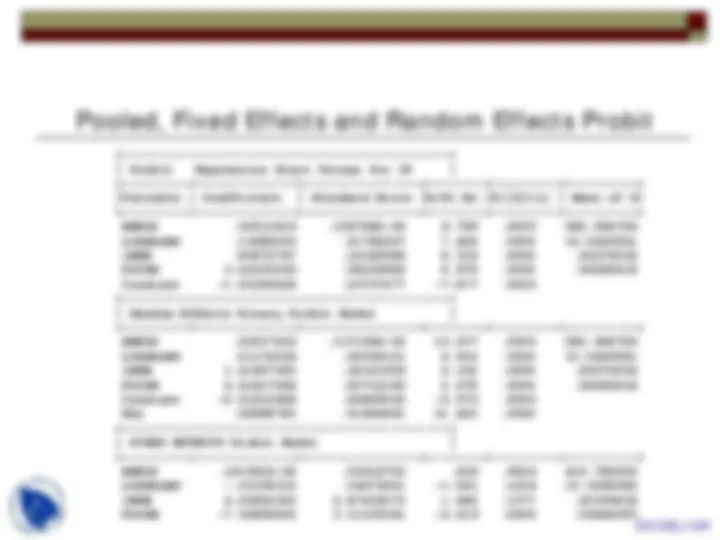
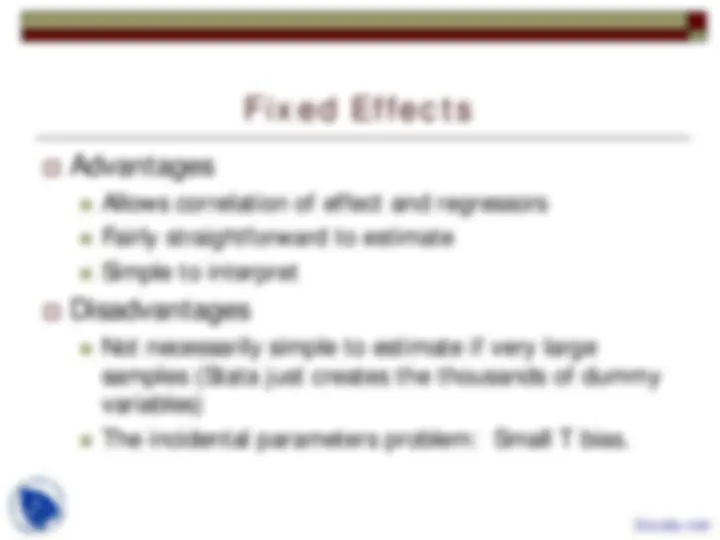
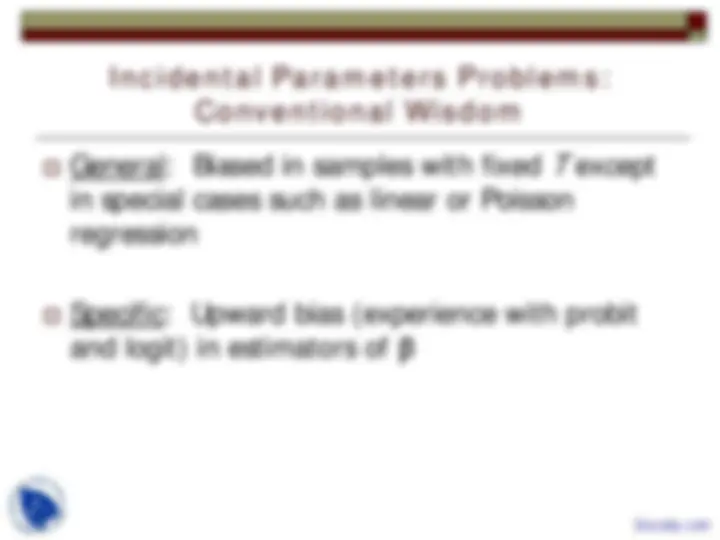
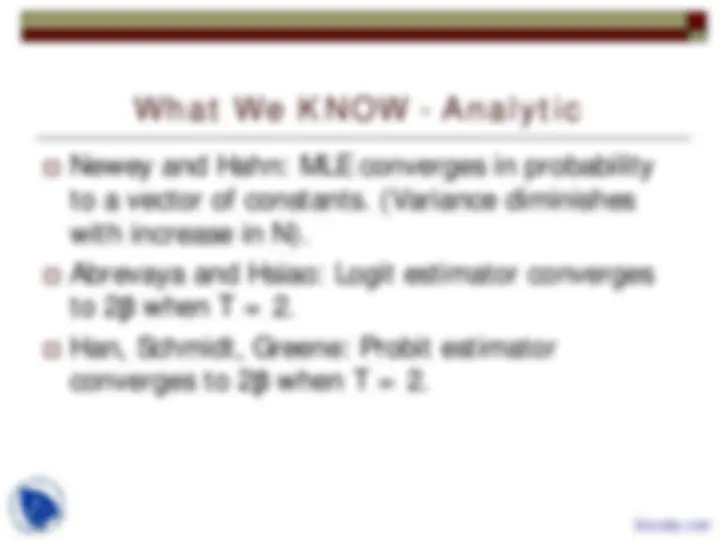
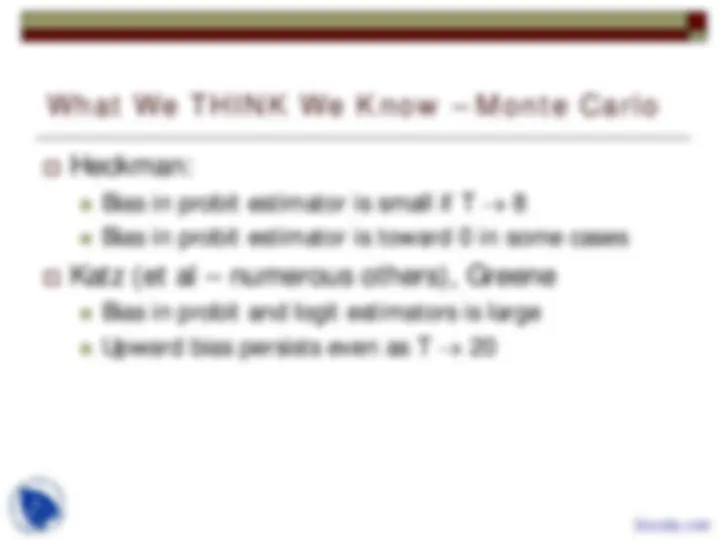
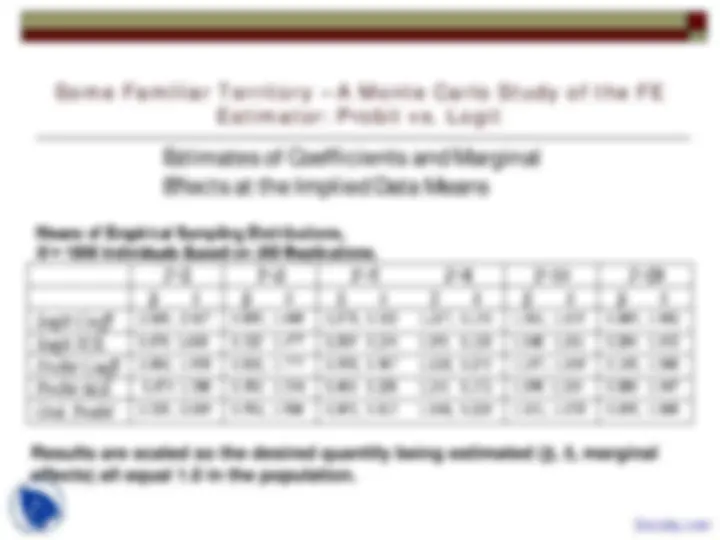
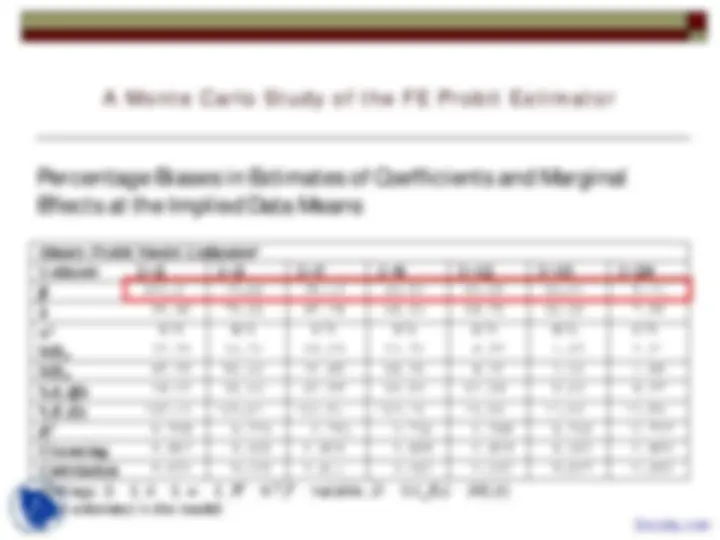
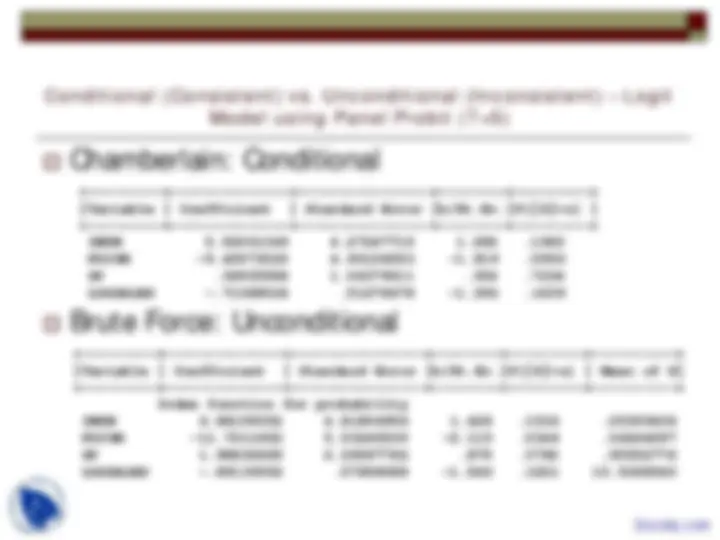
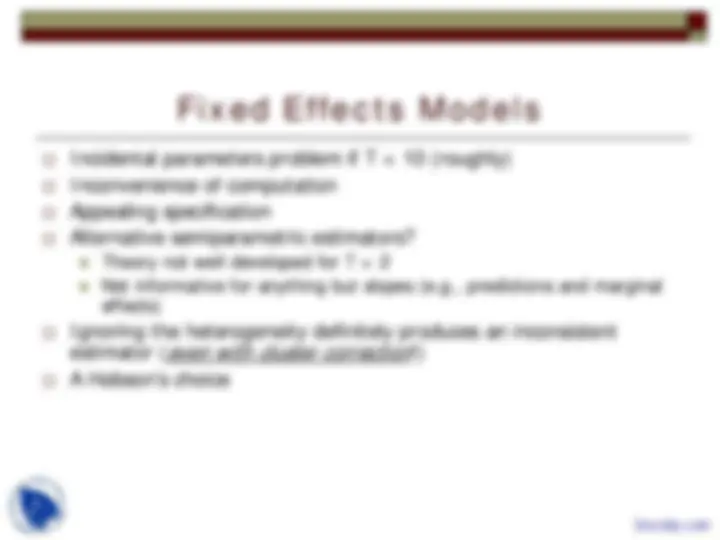
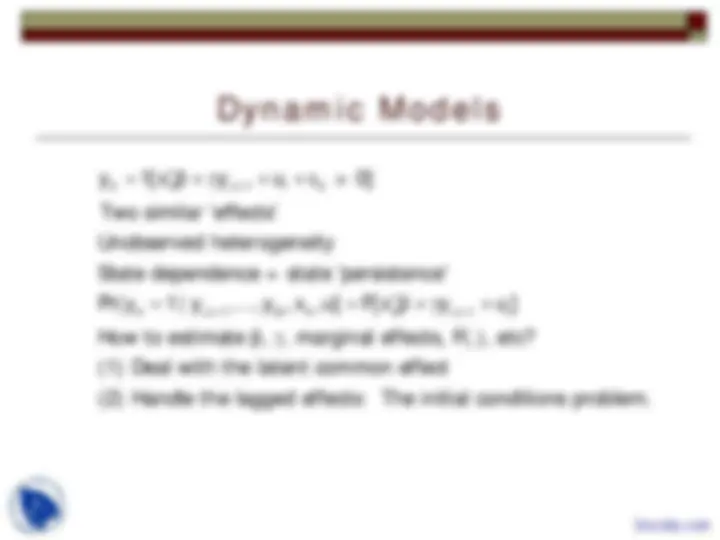
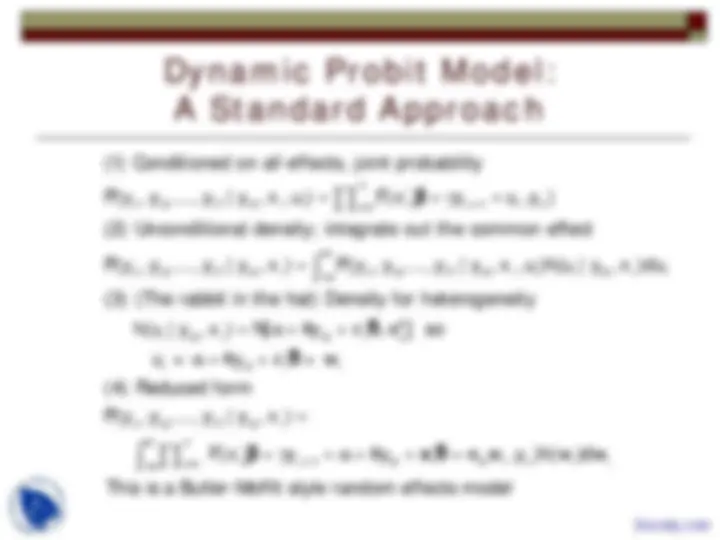


Study with the several resources on Docsity

Earn points by helping other students or get them with a premium plan


Prepare for your exams
Study with the several resources on Docsity

Earn points to download
Earn points by helping other students or get them with a premium plan
Community
Ask the community for help and clear up your study doubts
Discover the best universities in your country according to Docsity users
Free resources
Download our free guides on studying techniques, anxiety management strategies, and thesis advice from Docsity tutors
An overview of a binary choice model used in economics to predict individual behavior in decision-making scenarios. The model is based on utility maximization and revealed preference assumptions. An application of the model to commuters' choices between different modes of transportation and an econometric analysis using regression-like methods.
Typology: Slides
1 / 89

This page cannot be seen from the preview
Don't miss anything!


















































































15. Nonlinear Effects Models (1) and
Models for Binary Choice
Agenda and References
Behavioral Assumptions
Random Utility Functions
U it = α + β’x it + γ’z i + u
i
x it = Attributes of choice presented to person
β = Taste or preference weights
z i = Characteristics of the person
γ = Weights on person specific characteristics
εit = Unobserved random component of utility
Mean: E[εit] = 0, Var[εit] = 1
attributes change
Application
A Regression - Like Model
INDEX
.
.
.
.
.
-3.0 -1.8 -.6 .6 1.8 3.
Pr[Fly]
Econometrics
i
i
i
0 1
Prob[ 0] Prob[ 1]
y y
L y y
= =
= = =
∏ ∏
= =
=
=
n n
i i
y 0 y 1
n
i i i i
i 1
n
i i
i i
i 1
i i
i i
i
Special Case: Probit
i
i
n
i i i
i=
n
i
i i i
i=
i
F ( ) standard normal CDF
f ( ) standard normal density
Symmetric density implies 1-F(t) = F(-t)
logL= log (q ), q 2y 1
logL
q , and evaluated at t q
For
= φ =
∂ φ
= φ Φ =
i
i
i
i i
x β
x β
x β
x x β
β
i i i
2 2
2
n
i i i i
i i i
i=
i i i i
2
the Hessian, use (repeatedly), t , so
logL
t. Note, t <0 t
This is the actual Hessian. The expectation is
logL
φ = − φ
φ φ φ φ ∂
i i
x x
β β
β β
2
n
i
i=
i i
φ
i i
x x
Special Case: Logit
′
= = Λ
′
′ Λ
= Λ − Λ
∂
′ = − Λ Λ
∂
∑
i i
n
i
i=
i i i
i i i i
exp( )
For the logit model, F
1 exp( )
This is also symmetric.
logL= log (q )
Derivatives have a special form: f (1 ) so
logL
q (1 ) , with evaluated at q.
The Hessian i
i
i
i
i i
x β
x β
x β
x x β
β
∂
′ = −Λ − Λ
′ ∂ ∂
2
i i
i
s even simpler;
logL
(1 )
This is not a function of y , so this is the expectation.
i
x x
β β
Estimated Binary Choice Model
+---------------------------------------------+
| Binomial Probit Model |
| Dependent variable MODE |
| Number of observations 210 |
| Iterations completed 6 |
| Log likelihood function -84.09172 |
| Restricted log likelihood -123.7570 |
| Chi squared 79.33066 |
| Degrees of freedom 3 |
| Prob[ChiSqd > value] = .0000000 |
+---------------------------------------------+
+---------+--------------+----------------+--------+---------+----------+
|Variable | Coefficient | Standard Error |b/St.Er.|P[|Z|>z] | Mean of X|
+---------+--------------+----------------+--------+---------+----------+
Index function for probability
Constant .43877183 .62467004 .702.
GC .01256304 .00368079 3.413 .0006 102.
TTME -.04778261 .00718440 -6.651 .0000 61.
HINC .01442242 .00573994 2.513 .0120 34.
Estimated Binary Choice Models
LOGIT PROBIT EXTREME VALUE
Variable Estimate t-ratio Estimate t-ratio Estimate t-ratio
Constant 1.78458 1.40591 0.438772 0.702406 1.45189 1.
GC 0.0214688 3.15342 0.012563 3.41314 0.0177719 3.
TTME -0.098467 -5.9612 -0.0477826 -6.65089 -0.0868632 -5.
HINC 0.0223234 2.16781 0.0144224 2.51264 0.0176815 2.
Log-L -80.9658 -84.0917 -76.
Log-L(0) -123.757 -123.757 -123.
Observed empirical regularity: Logit coefficients will approximately
equal 1.6 times probit coefficients.